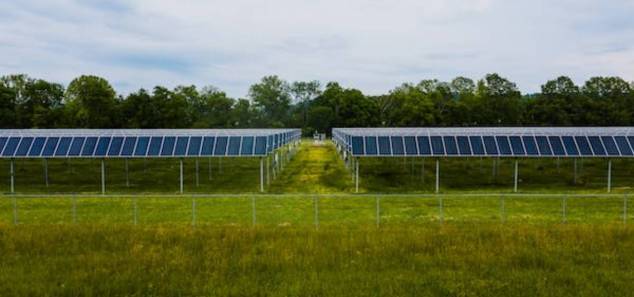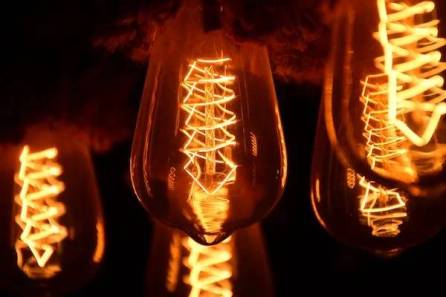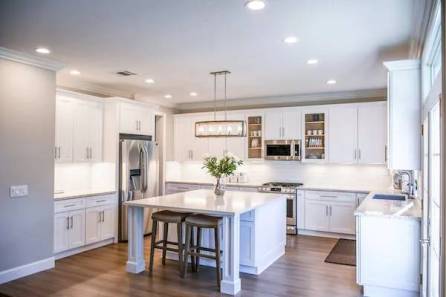To put it simply, energy costs is the act of consuming less energy with the purpose of doing less damage to the environment and saving money. This can include reducing your consumption of any utility-provided energy source.
Due to the limited nature of the Earth’s energy supply, it is in everyone’s best interest to practice energy conservation wherever possible. Energy efficiency refers to the usage of goods that are purposefully designed to consume less energy, as opposed to energy conservation, which is the general practice of aiming to use less energy for cost and environmental reasons.
There is some overlap between these two ideas, but they are approached in distinct ways. Using energy-efficient light bulbs and smart home equipment are two ways to cut down on your energy bill.
LEDs Should Replace Your Current Light Bulbs
LED bulbs are the future and should be used everywhere. LED lighting may be more expensive initially than halogen incandescent bulbs or fluorescent lamps; but, merely by replacing five incandescent bulbs with LEDs, you can save $45 per year.
The more incandescent bulbs you replace with LEDs, the more cash you’ll save. They will last longer and use less electricity than traditional light bulbs. You can expect a high-efficiency LED light bulb to serve you for at least ten years.
Put In A Smart Or Programmable Thermostat
When you’re sleeping or away, a programmable thermostat can switch off the heat or air conditioning. Without spending money on an expensive HVAC system replacement, you may save money and reduce your carbon footprint by installing a programmable thermostat.
A programmable thermostat can save you around $180 year in energy costs. A programmable thermostat can be configured to match your weekly routine and is available in a variety of types. Indicators for when to change air filters or HVAC system problems are additional features of programmable thermostats that contribute to the overall effectiveness of your heating and cooling system.
Plug All Air Holes
One of the gold standards for reducing energy use at home is energy-efficient windows, but it may not be cost-effective to replace all of the windows at once. Alternatively, you can still have an effect by reducing drafts in your home with caulk or weatherstripping.
Air leaks cause heating and cooling systems to work harder because warm air escapes in the winter and cold air escapes in the summer. Check for and fix any air leaks in your home. Doors and windows are common entry points for water, as are electrical outlets, plumbing fixtures, and ducting.
Invest In Home Appliances That Use Less Energy
About one-fifth of a typical family’s electricity bill goes toward powering their appliances. Consider both the upfront cost and the running costs of an appliance when making a purchase. In order to reduce your monthly utility bills, it is recommended that you purchase appliances that have earned the Energy Star label.
The amount of money you save on energy depends on the item you use. Energy Star-approved refrigerators, on the other hand, use only 9% less energy than standard models, while electricity Star-certified clothes washers save 25% in electricity and 45% in water.
What do you say about this story? Visit Parhlo World For more






